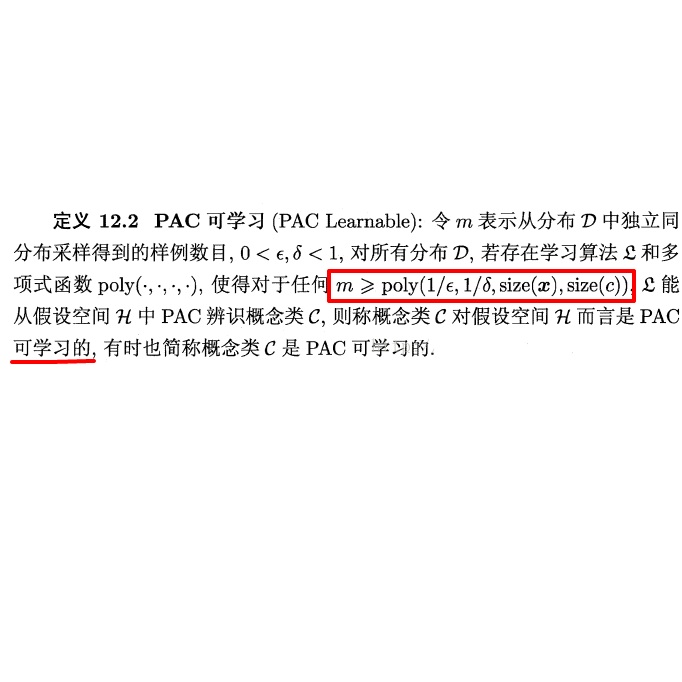Polar codes are widely used state-of-the-art codes for reliable communication that have recently been included in the 5th generation wireless standards (5G). However, there remains room for the design of polar decoders that are both efficient and reliable in the short blocklength regime. Motivated by recent successes of data-driven channel decoders, we introduce a novel $\textbf{C}$ur$\textbf{RI}$culum based $\textbf{S}$equential neural decoder for $\textbf{P}$olar codes (CRISP). We design a principled curriculum, guided by information-theoretic insights, to train CRISP and show that it outperforms the successive-cancellation (SC) decoder and attains near-optimal reliability performance on the Polar(32,16) and Polar(64,22) codes. The choice of the proposed curriculum is critical in achieving the accuracy gains of CRISP, as we show by comparing against other curricula. More notably, CRISP can be readily extended to Polarization-Adjusted-Convolutional (PAC) codes, where existing SC decoders are significantly less reliable. To the best of our knowledge, CRISP constructs the first data-driven decoder for PAC codes and attains near-optimal performance on the PAC(32,16) code.
翻译:极地代码被广泛使用,用于可靠的通信,这是最近被纳入第5代无线标准(5G)中的最新最先进的代码。然而,在短长的轮廓系统中,我们仍然有设计高效和可靠的极地解码器的空间。受数据驱动的频道解码器最近的成功推动,我们引入了基于$\textbf{C}$ur$\ textbf{S}$culum 的新型基于$textbf}$national national decoderer($$trodual neural decoder)的新版本,正如我们与其他课程进行比较所显示的那样,拟议的课程选择对于实现CRIBIS的准确性收益至关重要。更明显的是,CRIBIP可以很容易地扩展到CLociliz-Adrical洞察洞察,培训CRISP-CRADR(PAC)目前最不可靠、最可靠、最不可靠、最不可靠、最可靠、最可靠、最可靠、最可靠、最可靠、最可靠、最可靠、最可靠、最可靠、最可靠、最可靠、最可靠、最可靠、最可靠、最可靠、最可靠、最可靠、最可靠、最可靠、最可靠、最可靠、最可靠、最可靠、最可靠、最可靠、最可靠、最可靠、最可靠、最可靠、最可靠、最可靠、最可靠、最可靠、最可靠、最可靠、最可靠、最可靠、最可靠、最可靠、最可靠、最可靠、最可靠、最可靠、最可靠、最可靠、最可靠、最可靠、最可靠、最可靠、最可靠、最可靠、最可靠、最可靠、最可靠、最可靠、最可靠、最可靠、最可靠、最可靠、最可靠、最可靠、最可靠、最可靠、最可靠、最可靠、最可靠、最可靠、最可靠、最可靠、最可靠、最可靠、最可靠、最可靠、最可靠、最可靠、最可靠、最可靠、最可靠、最可靠、最可靠、最可靠、最可靠、最可靠、最可靠、最可靠、最可靠、最可靠、最可靠、最可靠、最可靠、最可靠、最可靠、最可靠、最可靠、最可靠、最可靠、最可靠




